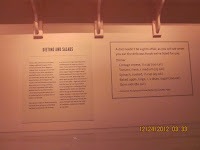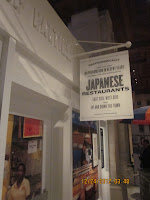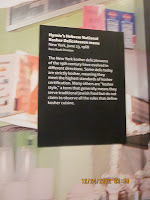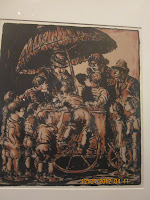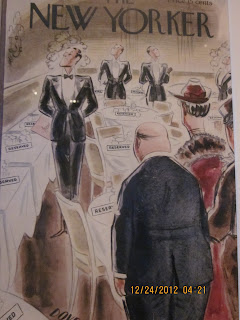Charles Dickens (1812–1870) was the best-loved English novelist at a time when recreational reading was at a zenith. His fictional creations represent a cross-section of society—from law-clerk to crossing-sweeper, miser to midwife—and are united by the vividness with which they are described. By emphasizing how these characters talk, dress, and move, Dickens was able to impress upon readers clear, easily imagined pictures that have inspired illustrators for nearly two centuries and proven themselves adaptable to dramatists, cinematographers, composers, and even fashion designers. Charles Dickens: The Key to Character celebrates the power of Dickens’s characters to be imagined ever anew, examining important precedents for his art of characterization as well as intersections between his personal life and his literary creations.
The exhibition features artworks by nearly thirty illustrators—including unpublished watercolors by the well-known Phiz—along with rare translations, original sheet music, and the memoranda book the author used to jot down possible names for characters. Also on display are the 1867 pocket diary containing the code with which Dickens communicated with his mistress Ellen Ternan, a dress by Prabal Gurung, a contemporary fashion designer inspired by the decayed elegance of Miss Havisham, and audio-visual stations featuring unusual recordings from the special collections of the New York Public Library for the Performing Arts.
Charles Dickens: The Key to Character is accompanied by a free lecture series.
Support for The New York Public Library’s Exhibitions Program has been provided by Celeste Bartos, Sue and Edgar Wachenheim III, Mahnaz Ispahani Bartos and Adam Bartos Exhibitions Fund, and Jonathan Altman.
The exhibition rans from now to January 27, 2013
For further and complete information about Charles Dickens and his life and work go to the NYTimes link: http://topics.nytimes.com/top/reference/timestopics/people/d/charles_dickens/index.html
I bring to you some pictures which could give you an idea of what this is all about: Please click on the pictures to enlarge them.
 |
| "My great ambition is to live in the hearts and homes of home-loving people" (1841) |
 |
| "I have been as far South as Richmon in Virginia. I needn't say how odious the sight of slavery is....." |
 |
| "The Americans have darkness not of skin but of the mind"... |
 |
| Ebenezer Scrooge |
 |
| My son, Eduardo |
 |
| Beautiful corridor in the NYC Public Library |
































































































